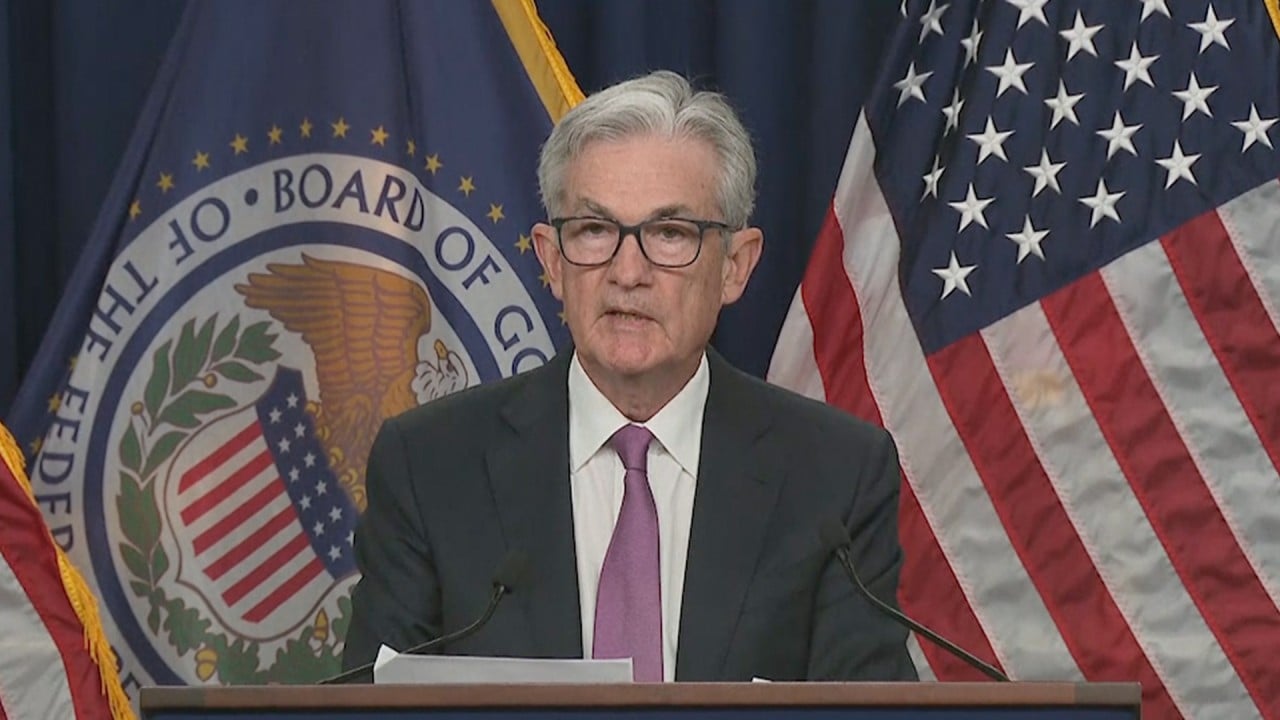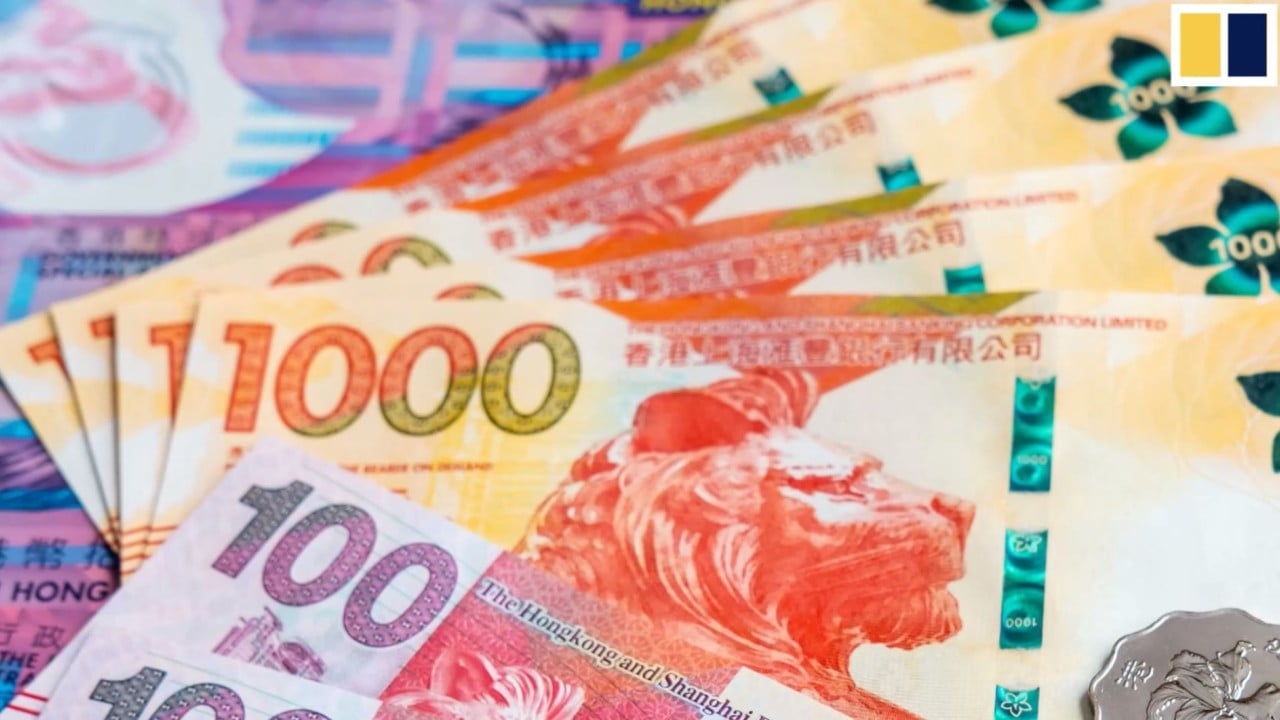
Why US efforts to curb inflation won’t lead to another Asian financial crisis
- Banks, balance sheets and local-currency bond markets are more robust than in 1997, there are no destabilising capital flows, and most currencies are no longer tightly pegged to the dollar
- There could be pockets of weakness but China’s projected economic rebound later this year will help regional recovery
Hawkish shifts in the US Federal Reserve’s monetary policy have often led to heightened financial and economic stress in emerging economies.
But the Fed’s actions will not have as much impact on the region as they did in the late 1990s. Today, the Asean+3 economies are stronger and more durable, making a 1997-style meltdown improbable.
The 1997 crisis was mainly caused by macroeconomic imbalances and sharp capital flow reversals, triggered by speculative attacks on the Thai baht and other regional currencies.
East Asian economies had enjoyed rapid growth before the crisis – funded by surging capital inflows and excessive foreign lending – but without sound regulation and policy. Most Asian currencies were pegged to the US dollar, bank regulatory frameworks were simpler, and capital buffers were low.
Painful structural reforms since have helped Asean+3 economies rebuild balance sheets, strengthen economic fundamentals and establish robust regulatory frameworks. Policymakers have also assembled a formidable, multilayered US$8.8 trillion financial safety net.
In addition to foreign reserves of US$7 trillion, the Asean+3 economies can now rely on multilateral swap arrangements such as the Chiang Mai Initiative Multilateralisation agreement, and the International Monetary Fund.
US dollar is surging, but emerging market currencies are surprisingly fine
The Asean-4 (Malaysia, the Philippines, Indonesia and Thailand) have run current account surpluses for most of the past two decades, except for Indonesia, which ran a small deficit.

As a result, banks were generally on a sound footing going into the Covid-19 pandemic, allowing them to dip into their regulatory and countercyclical capital buffers.
Furthermore, the local-currency bond market in Asean+3 has increased to 123 per cent of gross domestic product this year, compared to 74 per cent of GDP in 2000. With the ability to borrow in local currency, debts are no longer as exposed to currency mismatch.
How Asia’s bond markets withstood rising global inflation in 2021
Lastly, East Asia’s economies – especially the crisis-affected Asean-4 economies and South Korea – no longer operate tightly pegged exchange rate regimes, allowing their currencies to adjust to market forces as a buffer against shocks.
The few economies that still peg their currencies to the US dollar or a currency basket have managed to fend off speculative attacks through strong foreign exchange buffers and prudent fiscal policies.
Admittedly, there could be pockets of weakness. The pandemic is not over, and each economy’s recovery trajectory will depend on its ability to adapt and seize new opportunities. US monetary tightening could adversely and unevenly affect financial markets in Asean+3, and might trigger portfolio outflows similar to the 2013 taper tantrum.
In recent months, investors sold stocks in South Korea and the Philippines, and reduced their positions in Indonesian and Malaysian bonds. However, these outflows have been relatively insignificant and do not threaten financial stability.
Rising US interest rates will probably lead to some capital outflows and higher borrowing costs for Asean+3. But a full-blown 1997-style financial crisis remains unlikely. The region has moved on.




